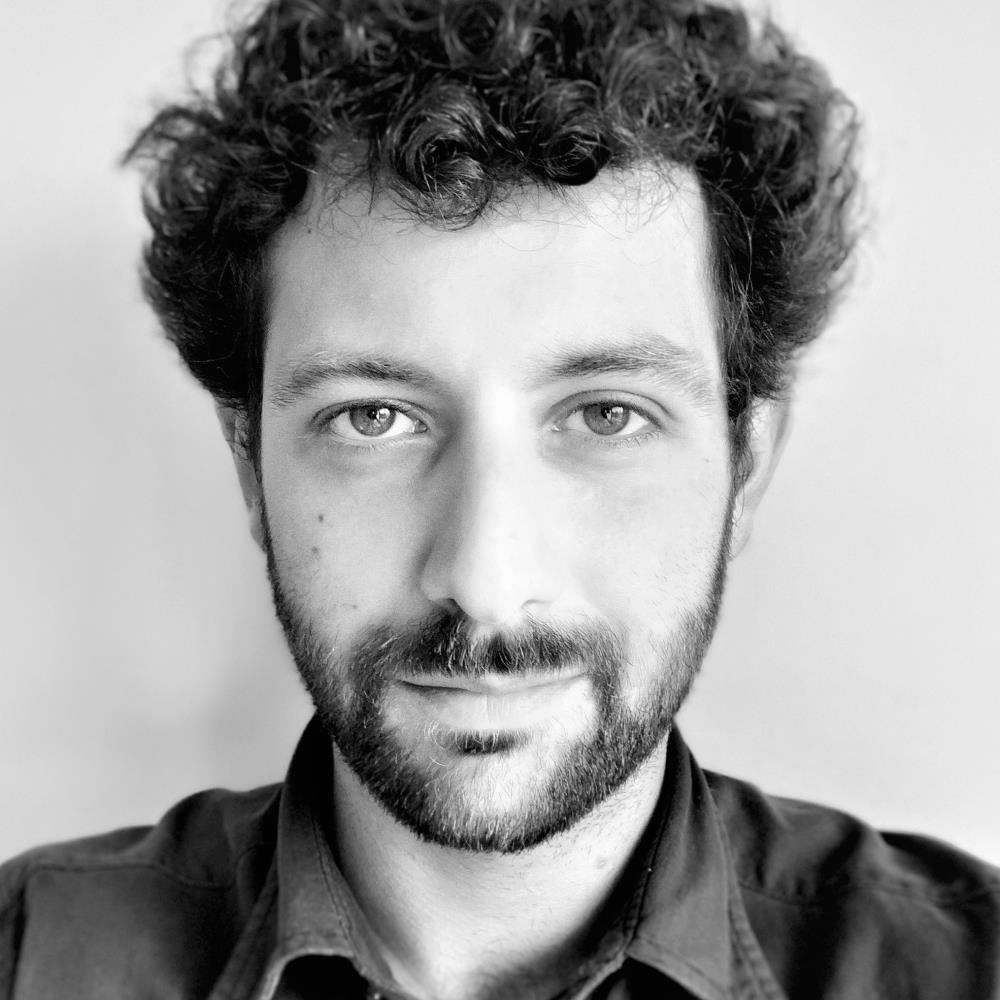In War and Peace, Tolstoy observes that a common feature unites the attempts to understand physical motion and historical movement: in both cases, the method adopted is that of formulating laws that result from the examination of “arbitrarily selected elements”, “disconnected units”. On one hand, such process of discretization seems inescapable since continuity “is not comprehensible to the human mind”. On the other, however, the discretization of what is continuous is at the origin of “a large proportion of human error” (Tolstoy 2010).
Discretisation and comprehensibility for computers and for lawyersPermalink
While it is at least since the times of Heraclitus that philosophers discuss around continuity and discontinuity, today the very angle indicated by Tolstoy has a bearing in relation to the entanglement between the AI and legal discourse.
Considering that the digital world is necessarily a world of discontinuity – whatever we want to express digitally cannot be but some discrete element – one may wonder whether the unescapable discretisation might constitute a problem when computation is introduced into legal practice.
At a first glance, not only the law seems to be at ease with discreteness, but it also actually makes it a value. Arguably, one of the most distinctive features of the juristic community is the relation of co-constitution that it maintains with legal text, a material constituted by discrete and objectified symbols. Moreover, both on a theoretical and practical level, the idea that concepts and procedures should have a beginning and an end marked by hard edges tends to be associated with positive values – think of the maxim litis finiri oportet, or some readings of the principle of legality or legal certainty. The metaphor of law as a mechanism operating according to discrete states recurs as a tòpos in Western legal thought and attempts to ground an explanation of the legal phenomenon and its dynamics in computational terms are now more pressing than ever.
Far from denying these resemblances with computation, one might wonder whether the interplay of continuity and discontinuity, of change and sameness, that distinguishes the practice of the legal community requires a more complex account. In this sense, the classical common law doctrine, as elaborated by Coke and Hale, offers some interesting insights. Hale compared the (common) law to the Ship of the Argonauts: “As the Argonauts Ship was the same when it returned home, as it was when it went out, tho’ in that long Voyage it had successive Amendments, and scarce came back with any of its former Materials” (Hale 1971).
If talking of such an interplay between continuity and discontinuity makes sense, it is because the community of jurists itself is an “engine of change” (Fish 1989). Discrete elements – texts - being equal, rules can change “as we go along” (Wittgenstein 1958) because what changes is their meaning, the way they can be used. While such interplay comes naturally within the “life of law” – or better, of the legal community –, it can hardly be grasped only by looking at discrete elements expressed in the form of a rule-like mechanism. While reference to authoritative text defines the game as a legal game and it is necessary to sustain it – can there be law without some form of legal text? –, it is not the discrete elements by themselves that can account for the continuous flux of normative relations and meanings that occur in the interactive game played by the legal community. Of course, we continuously tell legal change by pointing to landmark judgments, overruling, legislative reforms. But what we can register in such a way are often the signs of a change that has already happened and that would not even be comprehensible without it being rooted in an already changed understanding.
Such a change cannot be expressed by a “theory of change, complete with criteria and a predictive formula” (Fish 1989). At which level should we ground our account of how understanding and meaning change in legal practice? Which discrete elements should we take as object of analysis? When building a legal machine, what should we translate into computational terms? Should we seek an explanation at the level of the atoms, molecules, living cells, organs, bodies? Should we consider one body, the relation of the body with another body, its relations with the environment (and, in turn, should we consider other bodies and the environment at the level of atoms, molecules, etc.? Should an oral pleading or a testimony be explained in terms of sound waves? Or writing a judgment as the movement of a limb that manipulates a surface with signs? Should we ground our explanation by taking into account the regularities of symbols outputted or processed? However complex, an explanation at these levels is not impossible. Yet, it is not an explanation based on these levels of analysis and the corresponding discrete elements that we offer or seek when, taking a legal perspective, we try to understand or offer an understanding of the meaning of the law and its development. Such an explanation would hardly be capable of fully expressing what is going on in the legal game, or what makes that game legal.
What we can do with machinesPermalink
Since all they can have access to is something already discretised, one could claim that machines cannot keep up with and partake to the continuous movement of meaning and understanding that both grounds and is fuelled by the game played by jurists. However, while not partaking in the game in a strong sense, code and data driven systems can be part of the game played by jurists. As they do with texts, to the extent to which they are suitable to fulfil the standards of the juristic community, jurists can indeed make use of – play the game with – machine outputs. The whole community of jurists is the master of the game, developing the practices and setting the standards by which facts, arguments, languages can be given a meaning such as to constitute a move in the legal game (and with what meaning they does so).
Along these lines, explainability and interpretability can be framed in light of this interactive legal game and how it is currently played. We can address both jurists and machines by shifting the focus from an internal mechanism perspective – how an outcome is produced – to the kind of interactions that such outcome affords – what the output can do, in which circumstances. If, to the question “why such output”, all a machine can offer is a nomological – causal or probabilistic – explanation of the data-processing mechanism, it will hardly be regarded as capable of taking part in the game played by the community of jurists. It may well be that, when assessed according to their metrics and baselines, such outputs are impressive, buy yet of no use in the normative context of a legal game. Transparency and explanability may be necessary, but not sufficient, since the explanation of the machine output does not necessarily meet the standards of a legal “explanation”.
If the only issues were those depending on cases of blatant unfitness of computational tools for a legal interaction, we might be satisfied by witnessing that the community or jurists is already imposing her standards of assertability (Kripke 1982) and ruling out those tools whose outputs, at present, cannot be regarded as “a move in the game of law”: explanability is indeed relevant the extent that it affords the legal community to assess whether or not the computational mechanism can be deemed compliant with the principle of legal justification of the decision. (Gori, forthcoming).
However, we should not be too confident in the stability and impermeability of legal practice and of its standards. A hint in this direction can be taken by some interesting thought experiments recently offered by legal scholarship: in an upturned perspective, machines are assumed to be capable of successfully partaking in the legal game, as in the scenario in which an audience of jurists founds them to be more persuasive than humans (Volokh 2019), or even that in which a jurist of the highest repute is discovered to actually be a machine (Kerr, Mathen 2014).
The prospect of machines as players in the game, as competent members of the legal community is as estranging as worthy of attention. One way of reading such experiments is by focusing on the impressive “abilities” machines might be able to develop. From another perspective, however, these scenarios can also help us to appreciate the need to problematise – and not take for granted – “what counts as the game, what counts as a correct move” in law. Games and moves can neither be defined nor grasped once and for all, or from a place outside the practice itself: felicity conditions and standards that govern legal speech acts are continuously changing and adapting within and through the forms of interactions that the community develops.
“What the hell is water?”Permalink
One way of ensuring that that the game changes without it becoming a completely different game may be that of entrusting to the juristic community itself the task of governing the process of adaptation (in this sense, see the interesting initiatives adopted in Brazil). However, once we accepted that the legal game has a dialogical character (Taylor 1995), we cannot assume that the game and its standards would go unaffected by the forms of interactions jurists will develop with and through new artificial communicative partners (Esposito 2017), especially since, as the discussion around the non-neutrality of technology points out, we are reinvented while inventing and interacting with (and through) technologies (Hildebrandt 2015; Verbeek 2005; Ihde 2008).
A celebrated little story by David Foster Wallace points to the inscrutable character of that which is obvious and ubiquitous: “There are these two young fish swimming along and they happen to meet an older fish swimming the other way, who nods at them and says, ‘Morning, boys, How’s the water?’. And the two young fish swim on for a bit, and then eventually one of them looks at the other and goes, ‘What the hell is water?’” (Wallace 2009). If, following Tolstoy, we admit that continuous movement is one of the most inscrutable phenomena, we should pay particular attention to the kind of approaches we adopt when seeking to distinguish what is the same and what has changed in law, avoiding to adopt a ruler that changes its shape while it is being used: in the long run, what should not be taken for granted is the very possibility to draw a clear line and distinguish between (1) the extent to which it’s machines that have become capable of fulfilling the standards set forth by the community of jurists and (2) the extent to which the standards themselves and the way in which they are established have changed.
This is especially urgent since we cannot take for granted that these hybrid legal interactions would share the constitutive mutual character that distinguishes those between humans, i.e. whether what makes it possible for us to understand and be persuaded by our artificial partners can in turn become the ground on which we may be able to persuade and be understood by them.
References
- Fish S., Doing What Comes Naturally (Duke University Press, 1989)
- Gori G., ‘Decisioni automatizzate e strumenti del giurista quando “computer says no”’ (forthcoming in 2021)
- Esposito E., ‘Artificial Communication? The Production of Contingency by Algorithms’ (2017) 46 Zeitschrift für Soziologie 4
- Hale M., The History of the Common Law (Chicago University Press, 1971)
- Hildebrandt M., Smart Technologies and the End(s) of Law (Edward Elgar Publishing, 2015)
- Ihde D., Ironic Technics (Automatic Press, 2008)
- Kerr I., Mathen C., ‘Chief Justice Roberts is a Robot’ (2014) University of Ottawa Working Paper, available at http://dx.doi.org/10.2139/ssrn.3395885
- Kripke S., Wittgenstein on Rules and Private Language (Blackwell Publishing, 1982)
- Taylor C., Philosophical Arguments (Harvard University Press, 1995)
- Tolstoy L., War and Peace (Oxford University Press, 2010)
- Verbeek P., What Things Do: Philosophical Reflections on Technology, Agency and Design (Pennsylvania State University Press, 2005)
- Volokh E., ‘Chief Justice Robots’ (2019) 68 Duke Law Journal 1135
- Wallace, D. F. This Is Water: Some Thoughts, Delivered on a Significant Occasion, about Living a Compassionate Life (Little, Brown and Company, 2009)
- Wittgenstein L., Philosophical Investigations (Basil Blackwell, 1958)




